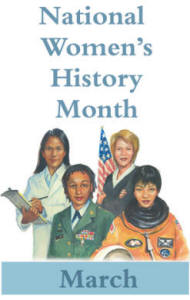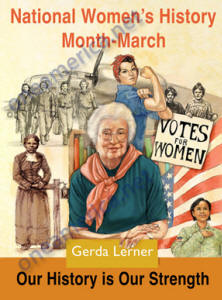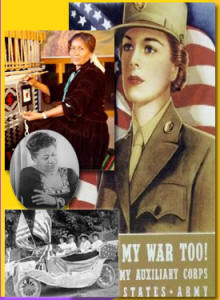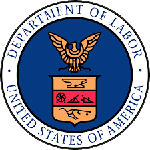 |
 |
 |
Highlights of A Woman’s Union History
1765 The first society of working women, the Daughters of Liberty, is organized as an auxiliary of the Sons of Liberty, a workingman’s association.
1824 Women workers strike for the first time, in Pawtucket, Rhode Island. 102 women workers strike in support of brother weavers protesting the simultaneous reduction in wages and extension of the workday.
1825 The first union for women only formed: The United Tailoresses of New York.
1831 February 1600 women members of the United Tailoresses of New York, strike for “a just price for our labor.”
1903 Mary Harris “Mother” Jones leads a protest march of mill children, many of who were victims of industrial accidents, from Philadelphia to New York.
November 14, at the AFL convention in Boston, women unionists unite to form the National Women’s Trade Union League and elect Mary Morton Kehew president and Jane Addams vice-president. The National Women’s Trade Union League (WTUL) is established to advocate for improved wages and working conditions for women
1919 August 26, United Mine Workers’ organizer Fannie Sellins, a widowed mother of four, is shot to death by coal company guards while leading strikers in Brackenridge, Pennsylvania.
1920 The Women’s Bureau of the Department of Labor is formed to collect information about women in the workforce and safeguard good working conditions for women
1931 September 1, Clara Holden, National Textile Workers’ Union organizer is abducted and beaten by vigilantes in Greenville, South Carolina.
1933 Francis Perkins, the first women in a presidential cabinet, served as Secretary of Labor throughout the Roosevelt administration, 1933-1945.
1935 Mary McLeod Bethune organizes the National Council of Negro Women, a coalition of black women’s groups that lobbies against job discrimination, racism, and sexism.
1936 December 28th, a “sitdown strike” of auto workers (UAW) supported by the Women’s Emergency Brigade at the General Motors plant in Flint, Michigan.
President FDR appointed Ms. Bethune to serve as director or Negro Affairs of the National Youth Administration in 1936 making her the first African-American women to be a presidential advisor.
1941 The shortage of workers caused by WWII opens a wide range of high-paying jobs to women. Almost seven million women enter the workforce, including two million in heavy industry.
1961 President John Kennedy establishes the President’s Commission on the Status of Women and appoints Eleanor Roosevelt as chairwoman. The report issued by the Commission in 1963 documents substantial discrimination against women in the workplace and makes specific recommendations for improvement, including fair hiring practices, paid maternity leave, and affordable child care.
1963 June 10: Congress passes the Equal Pay Act, making it illegal for employers to pay a woman less than what a man would receive for the same job.
1967 Executive Order 11375 expands President Lyndon Johnson’s affirmative action policy of 1965 to cover discrimination based on gender. As a result, federal agencies and contractors must take active measures to ensure that women as well as minorities enjoy the same educational and employment opportunities as white males.
1974 In Corning Glass Works v. Brennan, the U.S. Supreme Court rules that employers cannot justify paying women lower wages because that is what they traditionally received under the “going market rate.” A wage differential occurring “simply because men would not work at the low rates paid women” is unacceptable.
March 22, the founding convention of the Coalition of Labor Union Women (CLUW) in Chicago elects Olga Madar its first president.
November 13, Karen Gay Silkwood, a lab tech at the Cimeron plutonium plant and officer of the Oil, Chemical, and Atomic Workers Union local in Oklahoma City dies mysteriously en route to a union meeting with a newspaper reporter.














